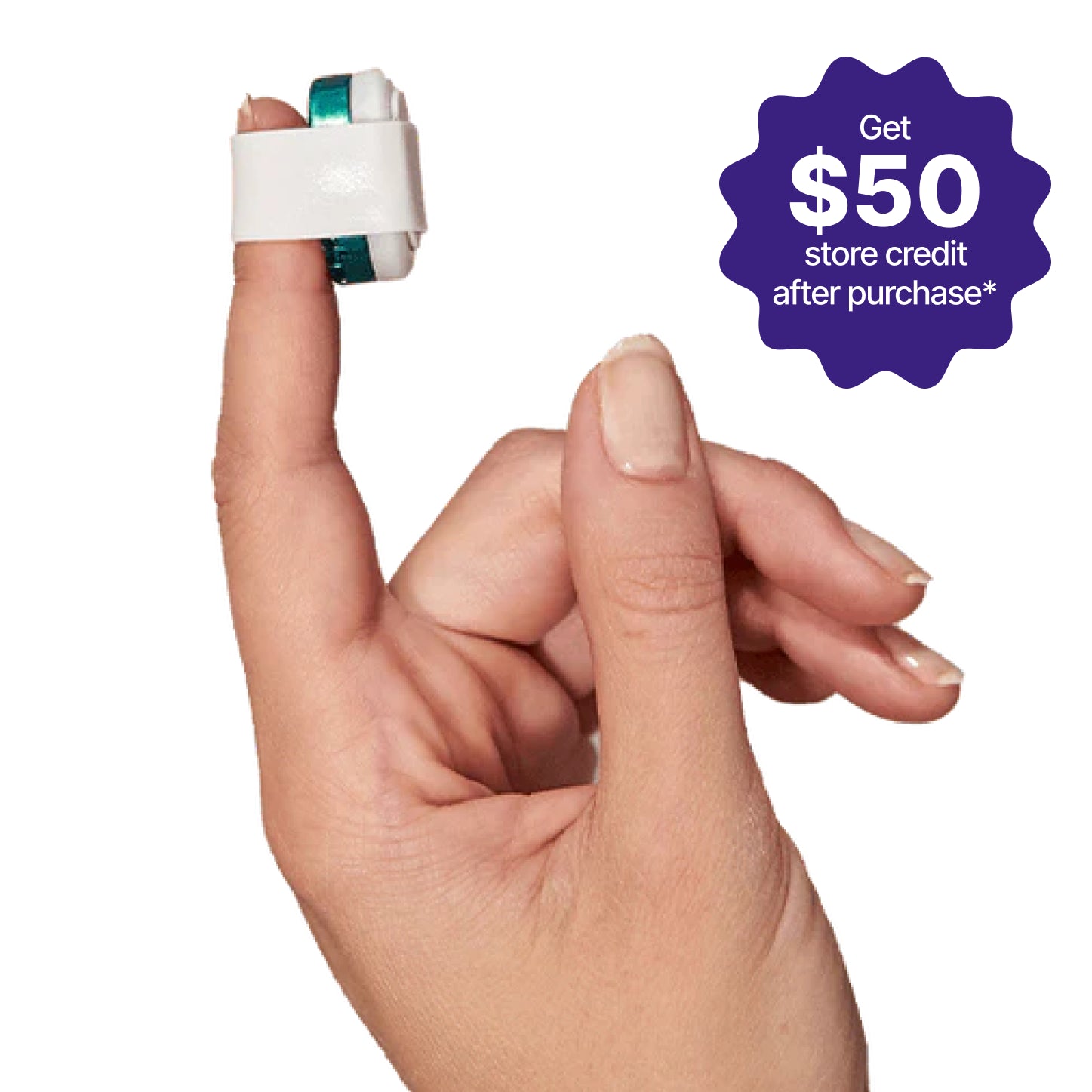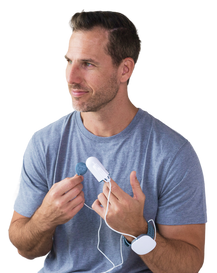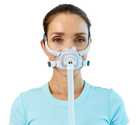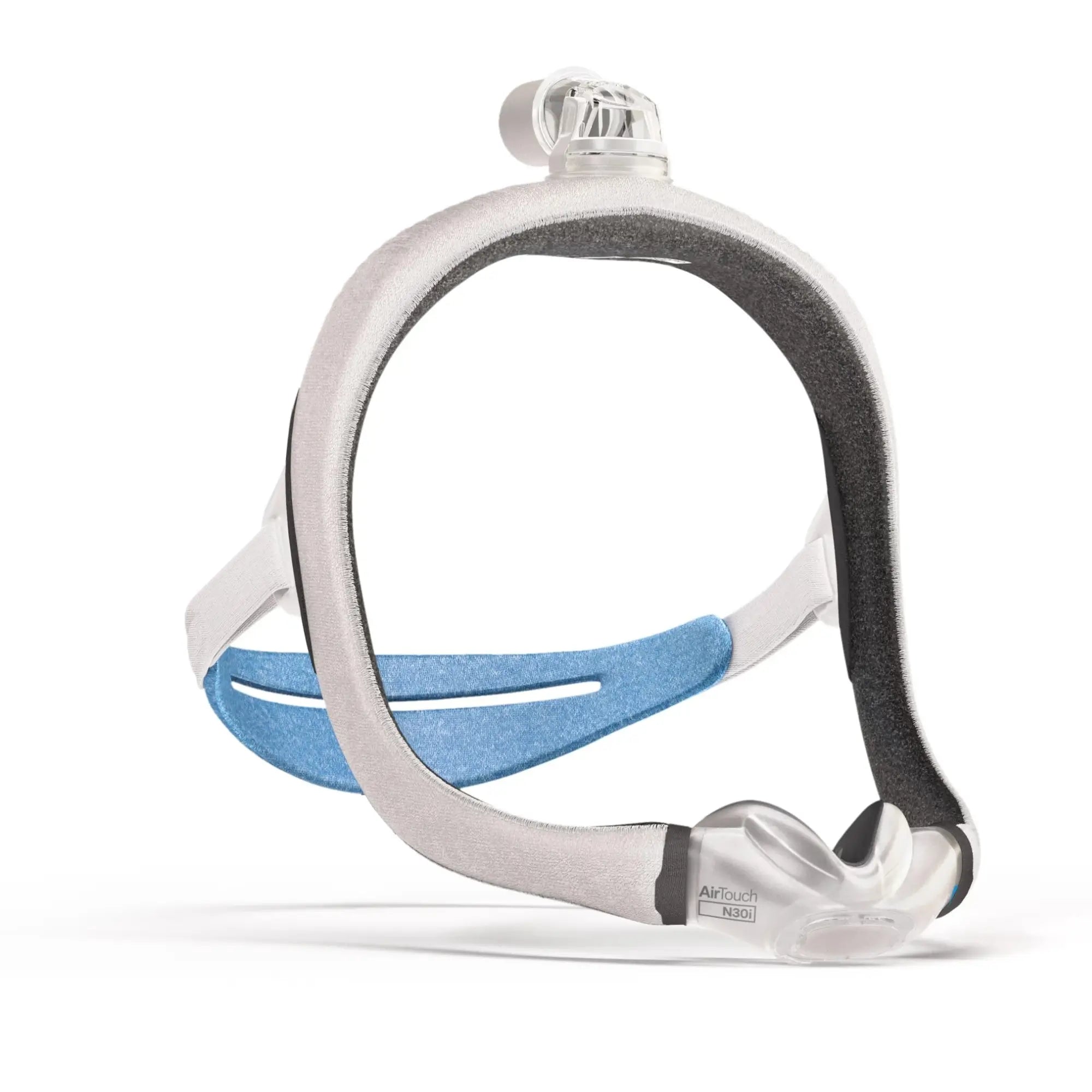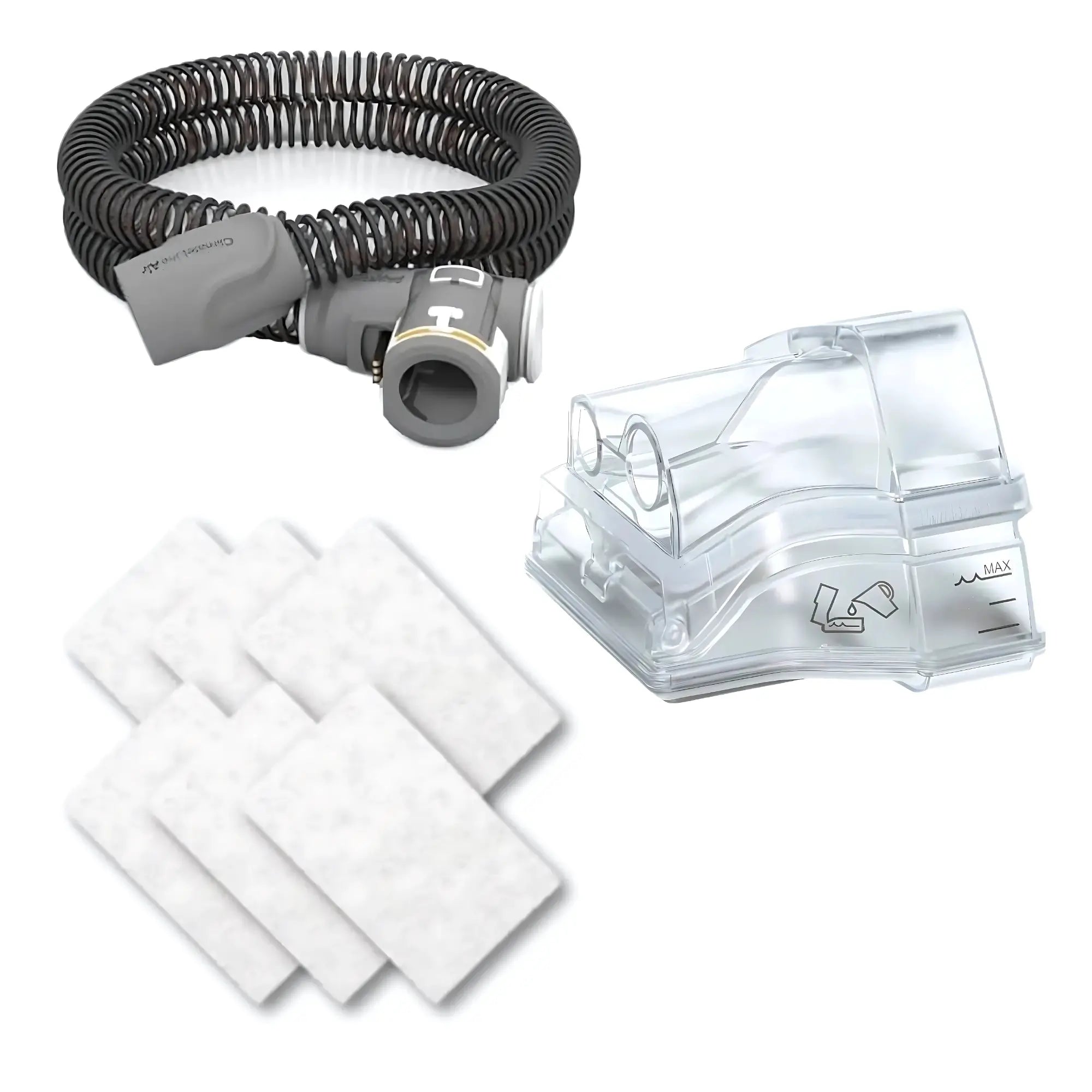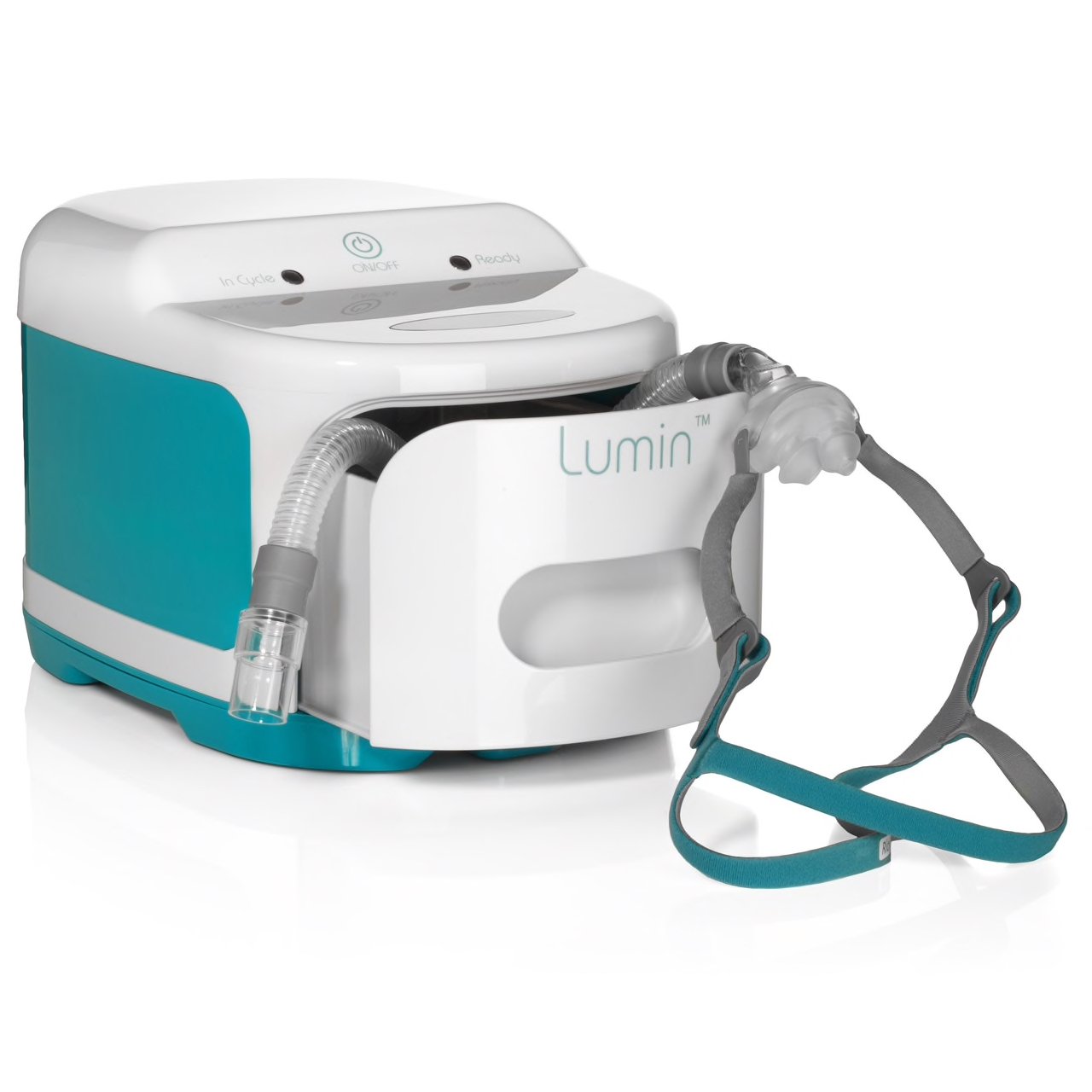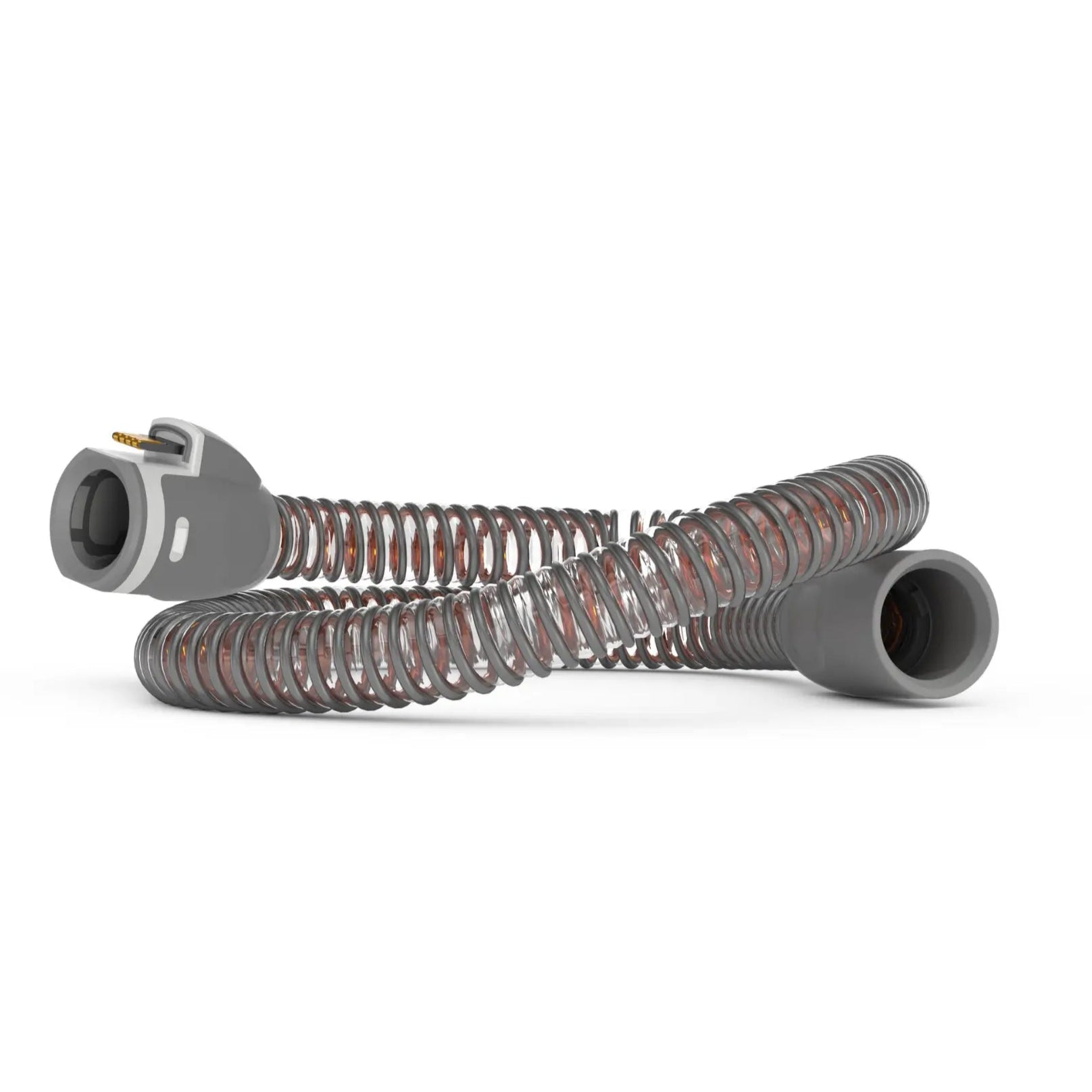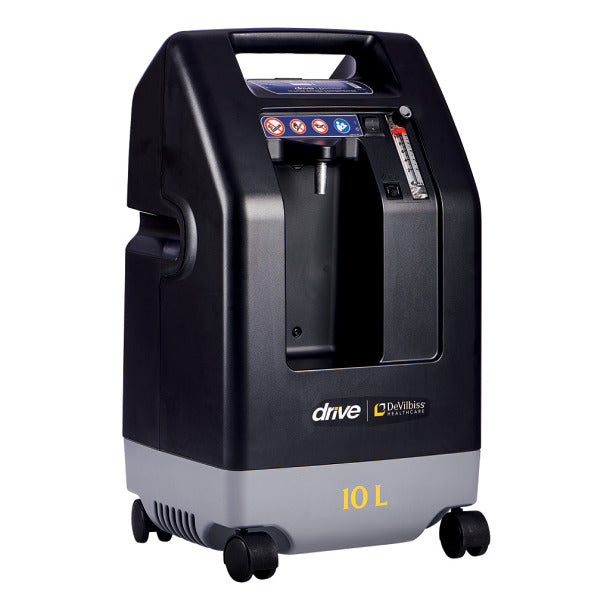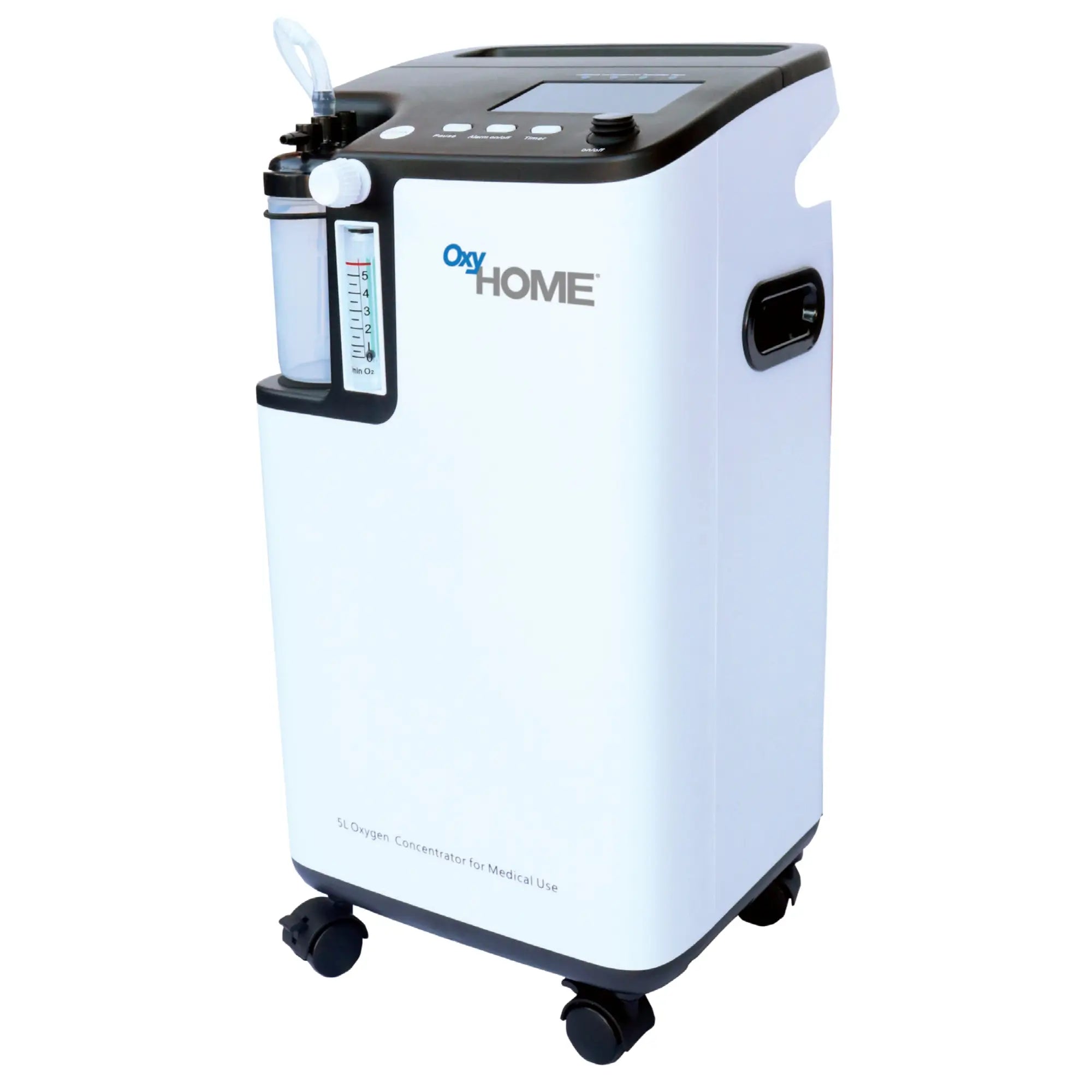Many people have heard of CPAP or continuous positive airway pressure therapy for treating sleep disorders like obstructive sleep apnea (OSA) but there are other treatment options available if you cannot handle CPAP. One option is called a sleep apnea implant.
What is a Sleep Apnea Implant?
Sleep apnea implants are usually outpatient procedures that deal with upper airway stimulation with implantable devices to clear any obstruction the person may have through the night. Many of these sleep apnea implants function like pacemakers, where they send an electrical signal to the key airway muscles like the hypoglossal nerve in order to get the person back to a normal breathing pattern. Sleep apnea implants help treat patients with moderate to severe obstructive sleep apnea. This means that these people have an apnea-hypopnea index of 15-65. If you are unsure of your AHI score, speak with your sleep medicine specialist to have a sleep study done to determine your score. This will tell you how severe your sleep apnea is.
Who is Eligible for a Sleep Apnea Implant?
You may be asking yourself if you are eligible for a sleep apnea implant and we are here to let you know. In order to be a candidate for a sleep apnea implant you should be 18 years of age or older, you are unable to tolerate CPAP therapy, you suffer from moderate to severe obstructive sleep apnea, and you are not significantly obese meaning your body mass index is less than 32. Patients eligible for a sleep apnea implant should not have any significant comorbidities meaning they should not suffer from two or more medical diseases or conditions such as cardiovascular disease with a risk of heart attack or high blood pressure.
How Does a Sleep Apnea Implant Work?

One of the most popular sleep apnea implants is called Inspire Therapy developed by a company called Inspire Medical Systems. Inspire is the only FDA-approved sleep apnea implant for moderate to severe OSA patients. Patients must first have a sleep study done in order to have the most accurate sleep data on the patient. Next, a sleep endoscopy is performed, which means that an endoscope gets inserted down the patients' airway so doctors can determine the pattern of the airway collapse. The Inspire upper airway stimulation device is made up of a small impulse generator that gets implanted beneath the clavicle or collarbone. A small incision is made and a breathing sensing lead is placed between certain muscles while a tunneled stimulation lead is attached to the branch of the hypoglossal nerve that produces tongue protrusion. The entire stimulation system works together in the treatment of obstructive sleep apnea by using hypoglossal nerve stimulation. When inspiration or inhaling occurs the sensing lead will detect this and the impulse generator will send a mild stimulation signal through the stimulation lead to the hypoglossal nerve which will loosen the stiff tongue and clear the airway obstruction from your apnea events. The Inspire device works with a remote control which you would switch on before going to sleep. You do go under general anesthesia for this procedure and patients are usually sent home the next day. Once implantation occurs patients can control the nerve stimulator level of the implanted system with the remote provided.
Why Consider Sleep Apnea Implants?
You should consider a sleep apnea implant if you have tried CPAP therapy and it did not work for you or you could not stand it. Sleep apnea implants have proven to improve the quality of life of obstructive sleep apnea patients proven in several clinical trials. There are other options such as oral appliances that you should try before considering this outpatient procedure but if a CPAP machine just isn't for you, this option can be considered.



